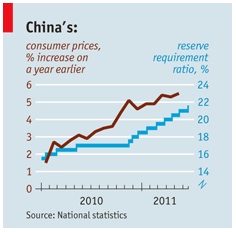OM aims to publish six Newsblur posts this year instead of waiting to accumulate numerous articles. Thus, expect shorter posts with 4-5 articles but with more timely content.
The Best Day. The Very Best Day.
OM loves football (aka soccer), especially his team - AFC Wimbledon. Recently, they faced their hated rivals in a heated match, echoing John Green's sentiment that "football is the most important of all unimportant things." I’ll spare you all the details, but this is a short 5min video that OM will come back to whenever he needs a pick me-up!
For those who don’t want to watch it; as OM tells his kids – prepare, give your best, and control what you can. Success isn’t guaranteed, but sometimes – just sometimes – you will score a 94th minute winner in front of your fans, the roof will be lifted off and everything will make sense for a little while.
(John Green/@vlogbrothers on YouTube)
The Profile Interview: Rob Henderson on Why We Hold ‘Luxury Beliefs’ and Develop ‘Status Anxiety’
A slight departure from the norm but I think a good one; I have read Rob Henderon’s blog for a few years now and I’m working my way through his just released memoir (Troubled: A Memoir of Foster Care, Family, and Social Class). I like them both a lot but it’s not for everyone, amongst other things it requires holding conflicting views of the author and some of his ideas at the same time. For those who are curious, The Profile’s (also a good read) interview is a good starting point.
The most interesting of Henderson’s ideas is the term he coined, ‘luxury beliefs’, which he defines as “ideas and opinions that confer status on the affluent, while often inflicting costs on the lower classes and everyone else. A core feature of a luxury belief is that the believer is sheltered from the consequences of his or her beliefs.”
(The Profile)
Things I Don’t Know About AI
There is no shortage of opinions on AI, but this is an interesting way to think about what we don’t know. Written by a Founder/VC, the opening sentences sum it up; “In most markets, the more time passes the clearer things become. In generative AI (“AI”), it has been the opposite. The more time passes, the less I think I actually understand.”
(Elad Blog)
Can Trade Intervention Lead to Freer Trade
OM believes that there’s something wrong with the version of ‘free trade’ today, and that the next 50-years are likely to see something quite different from the last 50-years. Michael Pettis article delves more into this, and his introduction sums the issues up well!
“A well-functioning trading regime would permit neither the large, persistent trade imbalances that characterize the current global trading system nor the perverse flow of capital from developing economies to advanced economies. Global trade needs new rules that encourage a return to the benefits of free trade and comparative advantage.”
(China Financial Markets)


